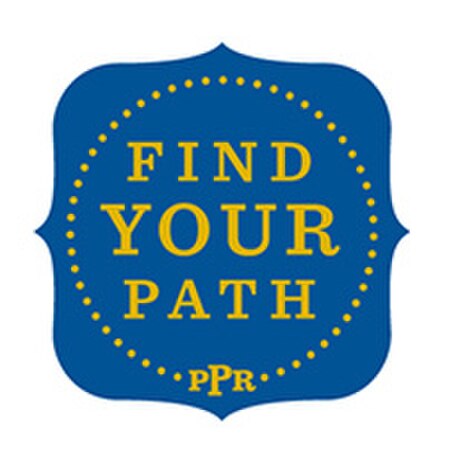Philadelphia Parks & Recreation
Centennial ExpositionColonial Revival architecture in PennsylvaniaFairmount ParkFederal architecture in PennsylvaniaGeorgian architecture in Pennsylvania ... and 7 more
Government departments of PhiladelphiaHistoric districts on the National Register of Historic Places in PennsylvaniaMunicipal parks in PhiladelphiaNational Register of Historic Places in PhiladelphiaParks in PhiladelphiaWorks Progress Administration in PennsylvaniaWorld's fair sites in Pennsylvania

Philadelphia Parks & Recreation (PPR) is the municipal department responsible for managing parks, recreation centers, playgrounds, trails, community gardens, and historic properties in Philadelphia, Pennsylvania. Its inventory includes more than 150 parks and 170 recreation centers and playgrounds. It became the successor to the Fairmount Park Commission and the City of Philadelphia Department of Recreation in 2010.
Excerpt from the Wikipedia article Philadelphia Parks & Recreation (License: CC BY-SA 3.0, Authors, Images).Philadelphia Parks & Recreation
Arch Street, Philadelphia Center City
Geographical coordinates (GPS) Address Nearby Places Show on map
Geographical coordinates (GPS)
| Latitude | Longitude |
|---|---|
| N 39.9551 ° | E -75.1658 ° |
Address
One Parkway
Arch Street 1515
19102 Philadelphia, Center City
Pennsylvania, United States
Open on Google Maps







